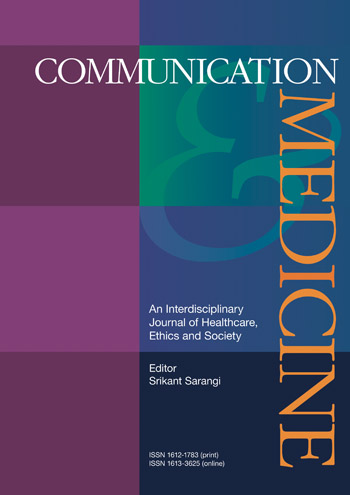Communication in Surgical Practice
Sarah J. White [+–]
Macquarie University
View Website
John A. Cartmill [+–]
Macquarie University
This volume brings together a range of linguistic, sociological, and professional views on communication in surgical practice. It aims to provide an insight into the complexity of communication in surgery, covering the variety of communicative activities required in everyday surgical work.
The selection of authors from a variety of interactive sociolinguistic disciplines in collaboration with clinicians explores a broad range of topics and the methodologies currently used to understand communication in surgical practice.
The intended audience for this book includes surgeons, medical educators, communication researchers, linguists, sociologists, and others with an interest in surgical and medical communication.
Table of Contents
Chapter 1
Section I: The Consultation
Griffith Institute for Educational Research
Macquarie University
Head of Department
Linguistics
Department of Linguistics
Department of Linguistics
Roehampton University
Griffith Institute for Educational Research
Section II: The Operating Theatre
Roehampton University
Section III: The Aftermath
Department of Linguistics
Macquarie University
Head of Department
Linguistics
End Matter

£85.00 / $110.00
Institutional
£85.00 / $110.00







